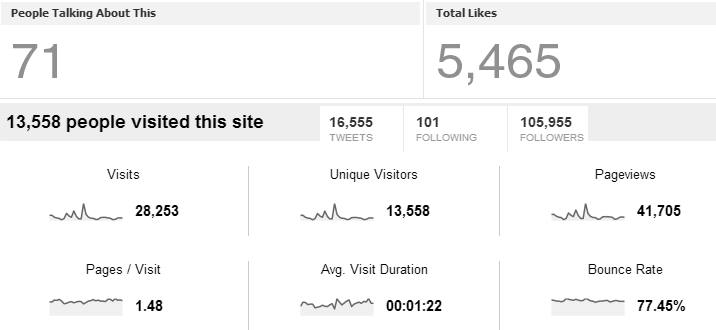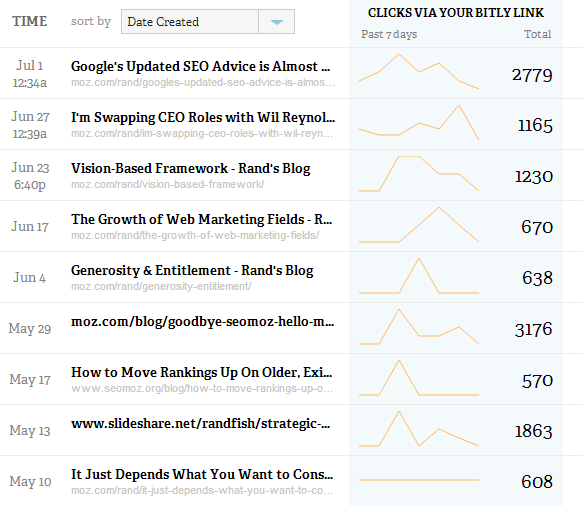It’s becoming common wisdom in the SEO, startup, and marketing worlds that so-called vanity metrics are accursed trolls of numbers, sent from the fiery deep to confuse, mislead, and prey on the weak-minded marketer. E.g:

In a lot of ways, I agree with posts like those Eric Ries has written on the topic. Pivoting based on actionable metrics vs. those that may merely be leading indicators or are merely correlated but not causal seems like a smart idea. The problem is, a lot of the time, those metrics are very hard to gather and interpret, while vanity metrics are beautifully simple and available.
“But Rand,” I hear you cry, “you always say that nothing worth having comes easy, and that following the masses rather than finding your own unique path is a sure way to get mediocre results.”
I know. I’m conflicted on this advice, because it seems out of character for me to embrace this kind of thing. Let me explain my logic and then you can poke holes in it and help me figure out if I’ve gone totally mad.
Below is a screenshot from my Bit.ly account.

It’s almost spooky how these numbers line up with every other metric you might imagine
For the past few years, I’ve tracked nearly every blog post that I’ve written as I share them on social media channels using a simple bit.ly link. That’s not to say I don’t also have metrics that tie to conversion rates for email subscriptions, clicks to the Moz website, signups for free trials, etc. But honestly, I almost never look beyond the vanity metrics of clicks, traffic, retweets, shares, likes, and +1s. And whenever I do, I find the same story – those vanity metrics line up pretty well with the more sophisticated, more action-worthy metrics. Blog posts I write here that tend to get more bit.ly clicks tend to get more retweets, more shares, more likes, more +1s, more visits, more people signing up for email subscriptions, and, if we go deep and do multi-channel attribution, more free trials, too.
And because those vanity metrics are really, really simple to see, they encourage me. They bias me to action vs. analysis. When I write a post that does well, I want to write more posts like it. When I write a post that doesn’t do well, I want to write posts that do better. The same holds true for Twitter. When I see tweets that earn lots of retweets, I want to send more tweets like that, and when I send a tweet that gets no interaction, I want to send fewer of those.
Vanity metrics have trained me pretty darn well. They’ve given me a sixth sense for how a post/tweet/share will perform, and made me better at writing stuff people value and spread. That principle has worked well for Geraldine on her blog, too. She knows what resonates with her audience and what falls flat. It’s worked for a number of other bloggers and social media addicts I know, including plenty who you’d definitely assume “know better” than to use vanity metrics.
So here’s my advice: if vanity metrics make it easy for you to become a better producer of content, a better social media marketer, and/or a better doer of stuff you want to get good at, don’t let their simplicity and potentially-non-causal nature stop you. Just make sure that you have some way to track down to conversions, revenue, and lifetime value, and occasionally compare the two so you know you aren’t being misled.
p.s. Hat tip to Dharmesh, who noted that we share this point of view while at Mozcon.
